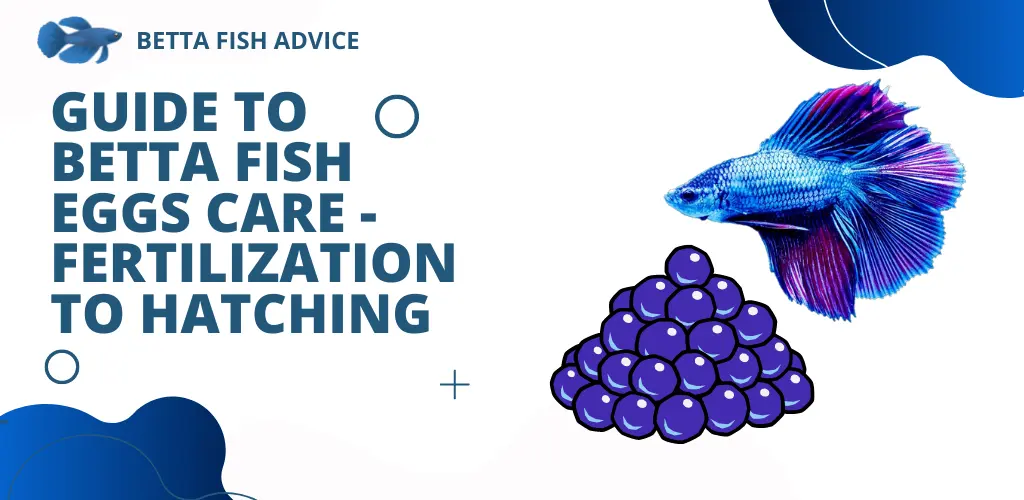Glass catfish and bettas are both popular aquarium fish, but can they live together harmoniously? The answer is yes, but certain conditions must be met to ensure the well-being of both species. In this article, we will discuss the compatibility of glass catfish with betta, their living conditions, and some tips for keeping them together in the same tank.
What are Catfish?
A catfish is a diverse group of ray-finned fish belonging to Siluriformes. They are found in freshwater and saltwater environments worldwide and are known for their distinctive whisker-like barbels, which are used to locate food in murky waters. Catfish come in various sizes, shapes, and colors and can be found in wild and captive environments. They are known to be hardy fish and adapt well to a range of water conditions, making them a popular choice for aquariums.
Regarding diet, catfish are opportunistic feeders, consuming a wide range of foods, including live, frozen, and dry foods. They can be found in many different types, such as Channel catfish, Flathead catfish, Blue catfish, Bullhead catfish, Stonecat, and Glass catfish. Some species of catfish are also used as food fish and are considered a delicacy in many cultures worldwide.
Glass Catfish Temperament?

Glass catfish (Kryptopterus vitreolus) is a peaceful and timid species of catfish that are known for its transparent body and ethereal appearance. They are native to Southeast Asia and are commonly found in slow-moving rivers and streams. In captivity, they are considered ideal community fish and compatible with a wide range of other species.
One of the critical characteristics of glass catfish is their timid nature. They are known to be shy and elusive and may hide in the shadows or among plants when frightened. They are also schooling fish and should be kept in groups of at least six individuals to ensure their well-being. When kept in groups, they will swim together and display more natural behaviors.
What Habitat Do Glass Catfish Prefer?
Glass catfish (Kryptopterus vitreolus) is native to Southeast Asia and are commonly found in slow-moving rivers and streams. In the wild, they are typically found in dense vegetation, where they can hide and find food. They prefer clear, warm water with a pH level of 6.5 to 7.5 and a temperature range of 72 to 82 degrees Fahrenheit.
In captivity, glass catfish require a well-planted tank with plenty of hiding spots. They are schooling fish and should be kept in groups of at least six individuals, so a tank of at least 20 gallons is recommended for a group of six. They also prefer dim lighting, as bright lights can cause stress and make them more elusive.
To mimic the natural habitat of glass catfish, it’s essential to provide a variety of plants and hiding spots in the tank. Live plants such as Java fern, Anubias, and Java moss are ideal, as they not only provide hiding spots but also help to keep the water clean and maintain a healthy environment. A dark substrate, such as black gravel or sand, can also help to create a natural-looking environment.
In terms of water flow, glass catfish prefer slow-moving water, so a filter with a low flow rate is recommended. They also require a sound filtration system to keep the water clean and maintain the water quality. Regular water changes are also essential to keep the tank clean and healthy.
Glass Catfish with Betta
Glass catfish and bettas are both peaceful fish that can coexist in the same tank. However, it’s important to remember that bettas are known to be territorial and may become aggressive toward other fish in their territory. To avoid this, keep one betta per tank and provide plenty of hiding spots for the glass catfish.
Can Glass Catfish Eat Betta Food?

Betta food is also a suitable option for glass catfish, but it’s vital to ensure that they are getting a balanced diet.
Betta food is typically high in protein, which is beneficial for glass catfish as predatory fish. However, betta food alone may not provide all the nutrients that glass catfish need to stay healthy. It’s vital to offer a variety of foods to ensure they are getting a balanced diet. For example, you can feed glass catfish live or frozen foods such as brine shrimp, bloodworms, and daphnia, which are high in protein and provide additional nutrients.
Regarding feeding frequency, you should feed glass catfish small amounts of food multiple times a day rather than one large feeding. This helps to keep the water clean and reduces the risk of overfeeding. It’s essential to monitor the fish and only feeds as much as they can consume within a few minutes to avoid overfeeding and the resulting pollution of the water.
It’s also important to note that glass catfish are schooling fish and should be kept in groups of at least six individuals. When feeding, it’s best to provide the entire school to ensure that all fish get enough to eat.
How Many Glass Catfish Can I Keep With My Betta?
The number of glass catfish with betta depends on the size of the tank and the personality of the betta. Generally, a 20-gallon tank is recommended for a group of six glass catfish and one betta. This allows enough space for the betta to establish its territory while providing plenty of space for the glass catfish to swim and hide.
However, it’s important to note that bettas are known to be territorial fish, and their aggression levels can vary. Some bettas may be more aggressive than others and become territorial toward other fish in the tank. In this case, it’s best to keep a smaller group of glass catfish or even just one individual to avoid aggressive behavior from the betta.
It’s also essential to provide plenty of hiding spots for the glass catfish, such as plants, caves, and other decorations. This will allow the glass catfish to retreat to a safe area if they feel threatened by the betta.
In terms of water quality, glass catfish require good water conditions to thrive. They prefer warm water with a pH level of 6.5 to 7.5 and need a sound filtration system to keep the water clean. It’s also essential to perform regular water changes and monitor the water parameters to ensure that the tank remains healthy for both the betta and the glass catfish.
Risks and Challenges of Keeping Glass Catfish with Betta
Keeping a glass catfish and betta fish together in the same tank can pose several risks and challenges. Firstly, bettas are known to be territorial fish, and they may attack or nip at the fins of other fish in the tank, including glass catfish. This can lead to stress and injury for both fish and may even result in death if the betta becomes overly aggressive. Additionally, glass catfish requires a peaceful and calm environment to thrive, and the presence of a betta fish may disrupt this balance.
Another challenge of keeping these two species together is their differing dietary requirements. Betta fish are carnivores and require a diet high in protein, while glass catfish are omnivores and need a more varied diet that includes both plant and animal matter. It can be difficult to provide both fish with the necessary nutrients without overfeeding or underfeeding one or the other.
Financial Implications of Keeping Glass Catfish with Betta
Keeping a glass catfish and betta fish in the same tank can have financial implications for the owner. The initial cost of purchasing a tank, filter, heater, and other necessary equipment can be significant, depending on the size and quality of the items. In addition, ongoing costs such as electricity for running the equipment and the cost of food can add up over time.
If one of the fish becomes sick or injured, you may also incur veterinary costs. Not all veterinarians may be familiar with treating fish, making finding the proper care more challenging and potentially more expensive.
Finally, it is essential to consider the lifespan of both fish when evaluating the financial implications of keeping them together. Glass catfish can live up to 10 years, while bettas typically live 2-3 years. This means that the owner may need to invest in a larger tank or upgrade their equipment over time to accommodate the growing size and needs of the glass catfish.
Water Parameters Required for Glass Catfish with Betta
Maintaining proper water parameters is essential for the health and well-being of glass catfish and betta fish. Both species require clean, well-oxygenated water with a consistent temperature and appropriate pH level.
The optimal temperature range for glass catfish is between 75-82°F (24-28°C), while betta fish prefer a slightly warmer range of 78-80°F (25-27°C). The pH level should be 6.5-7.5 for both species, with a hardness level of 2-15 dGH for glass catfish and 4-10 dGH for bettas.
Regular water changes are essential to remove excess waste and maintain water quality. Changing 10-20% of the tank water every week or every other week is recommended, depending on the tank size and the number of fish.
Additionally, you should use a filter to keep the water clean and oxygenated. When choosing a filter, it is crucial to consider the tank’s size and the filter’s flow rate. Betta fish do not like strong currents, so a filter with a low flow rate is recommended.
Conclusion
Glass catfish and bettas can live together in the same tank, but it’s important to provide the proper living conditions and maintain good water quality. It’s also important to remember that bettas can be territorial, so it’s best to keep one per tank and provide plenty of hiding spots for the glass catfish. With proper care, both species can thrive in the same tank and create a beautiful and peaceful aquarium.





Pingback: 5 Causes And Treatments For Betta With Clamped Fins - Betta Fish Advice
Pingback: How Long Can A Betta Fish Live Out Of Water? - Betta Fish Advice
Pingback: Why Is My Betta Fish Swimming Fast Back And Forth? - Betta Fish Advice
Pingback: 7 Difference Between Black Mamba And Black Samurai Betta - Betta Fish Advice
Pingback: How Many Female Bettas In A 20 Gallon Tank? - Betta Fish Advice
Pingback: Betta Fish Disappeared From Tank: Common Reasons - Betta Fish Advice